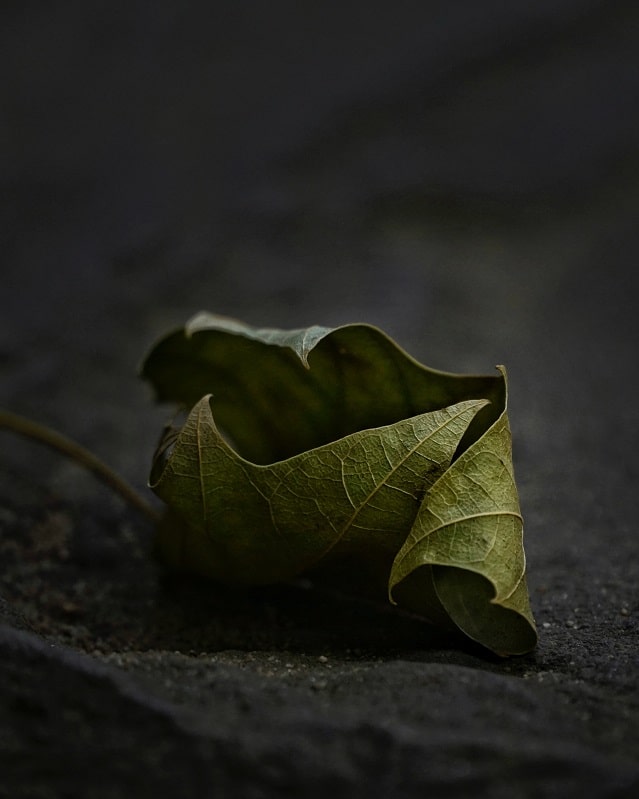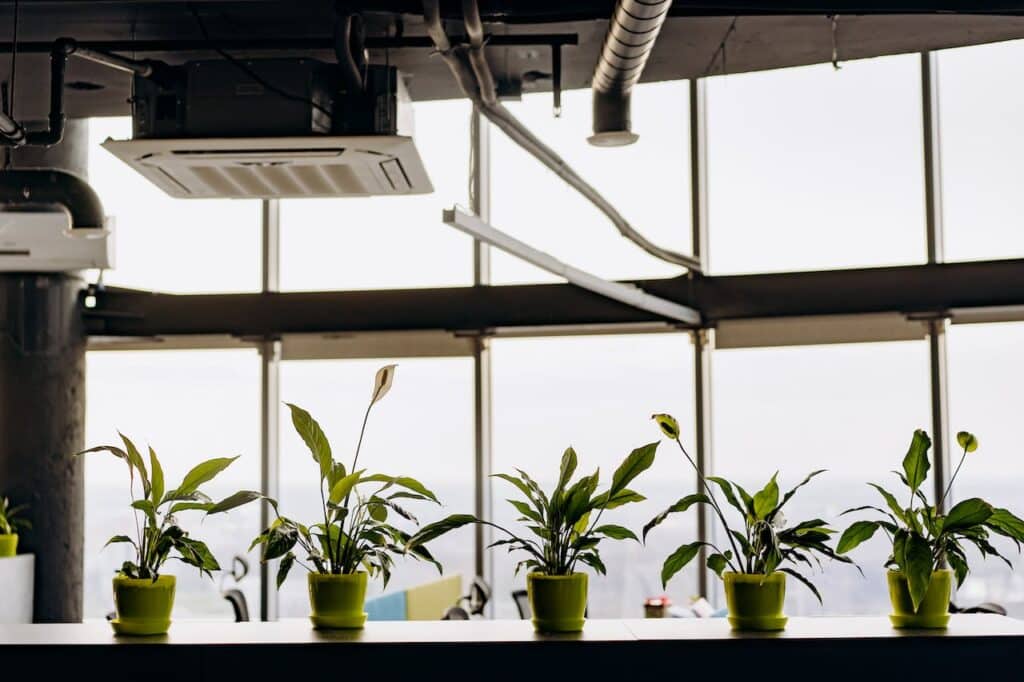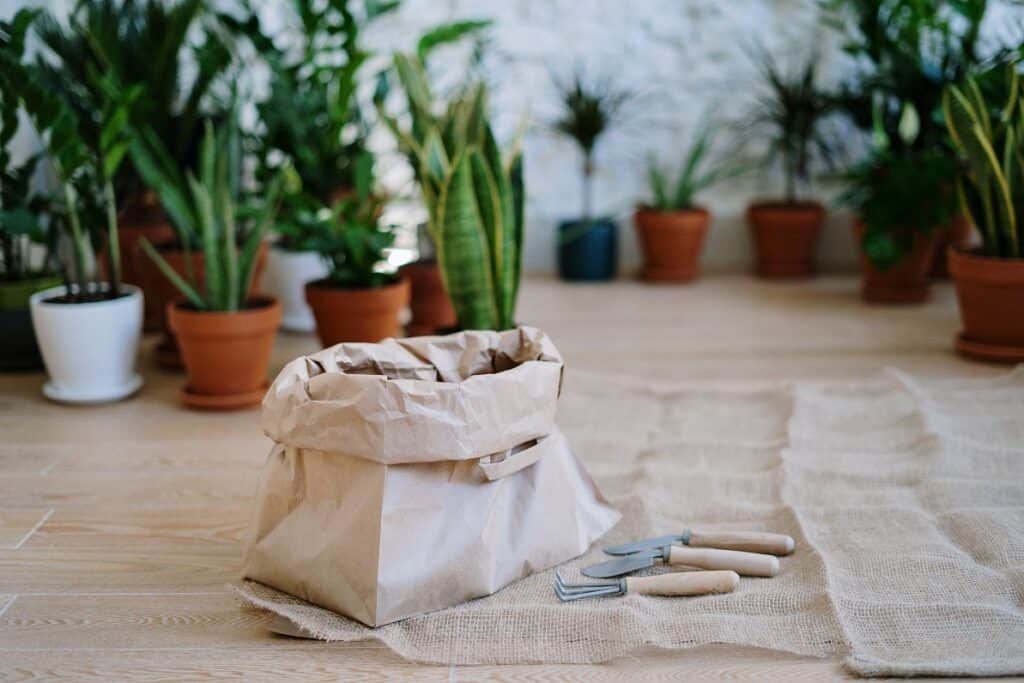You’re not alone if you’ve ever wondered whether your beloved indoor plants can thrive in the great outdoors. The idea of transforming our indoor oasis into a flourishing garden outside is undeniably tempting, but it’s essential to ensure that our green companions can adapt to the harsher conditions of the outside world. Understanding which indoor plants can successfully transition is crucial, as some are more resilient than others. So, let’s embark on a journey to explore the possibility of bringing our indoor plants into the embrace of nature’s elements, finding out which ones can truly flourish beyond the cozy confines of our homes.
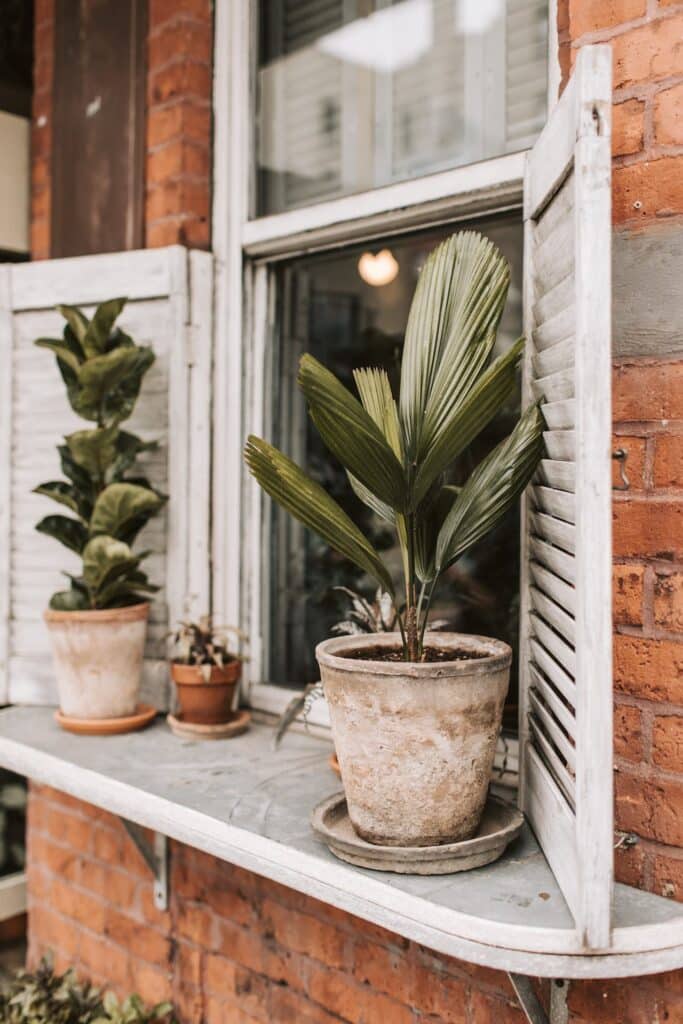
Understanding the Difference between Indoor and Outdoor Plants
Indoor and outdoor plants are distinct, mainly due to their specific environmental needs and characteristics. While indoor plants are typically labeled as such because they thrive in the controlled environment of a home or office, outdoor plants are adapted to withstand the varying conditions of the natural world. Understanding the differences between these two types of plants will help you provide the best care for them and make informed decisions about moving your indoor plants outside.
Why some plants are labeled as ‘indoor’
Plants described as “indoor” are commonly grown and cultivated in interior spaces, such as houses, apartments, or offices. These plants are usually well-suited for the relatively stable temperature, humidity, and indoor lighting conditions. They are typically species that have naturally adapted to survive and thrive in environments with lower light levels and controlled climates.
Main characteristics of outdoor plants
Outdoor plants, on the other hand, are designed by nature to grow and withstand the ever-changing conditions found in the great outdoors. They possess certain characteristics that allow them to cope with varying temperatures, sunlight intensities, wind, rain, and other environmental factors. These plants are often hardier and more adaptable, as they have evolved to survive in a wide range of conditions.
Essential needs of an indoor plant
To successfully care for an indoor plant, it is crucial to understand its specific needs. Indoor plants typically require lower light levels compared to their outdoor counterparts. They thrive in environments with controlled temperatures, ideally between 60 to 75 degrees Fahrenheit. Adequate humidity is also essential for indoor plants, especially those that naturally grow in tropical regions. Lastly, indoor plants benefit from regular watering and well-draining soil to prevent overwatering and root rot.
Chances of Indoor Plants Surviving Outside
While some indoor plants can thrive when moved outside, there are specific factors to consider to increase their chances of survival. The adaptation process, as well as potential challenges, play a significant role in the success of moving indoor plants outdoors.
Adaptation process of indoor plants to outdoor conditions
Moving an indoor plant outdoors requires a gradual transition known as “hardening off.” This process involves gradually exposing the plant to outdoor conditions, starting with a few hours of direct sunlight and increasing the duration over several weeks. Hardening off allows the plant to adjust to changes in temperature, sunlight intensity, wind, and other environmental factors.
Probable factors causing indoor plant failure when moved outside
Indoor plants may struggle to survive outside due to various factors. One common issue is the sudden change in light levels. Many indoor plants are not accustomed to direct sunlight and may experience sunburn or leaf damage when exposed to intense outdoor light. Additionally, outdoor environments may subject plants to fluctuations in temperature, which can be challenging for indoor varieties not adapted to such changes.
Experiences of indoor plants thriving outside
Although moving indoor plants outside may pose challenges, many indoor plants have successfully adapted and thrived in outdoor conditions. For instance, some tropical houseplants, like certain species of palms or ferns, have been known to flourish when placed in suitable outdoor locations. By carefully selecting the right plants and providing the necessary care, you can create a beautiful outdoor space with a combination of indoor and outdoor plants.
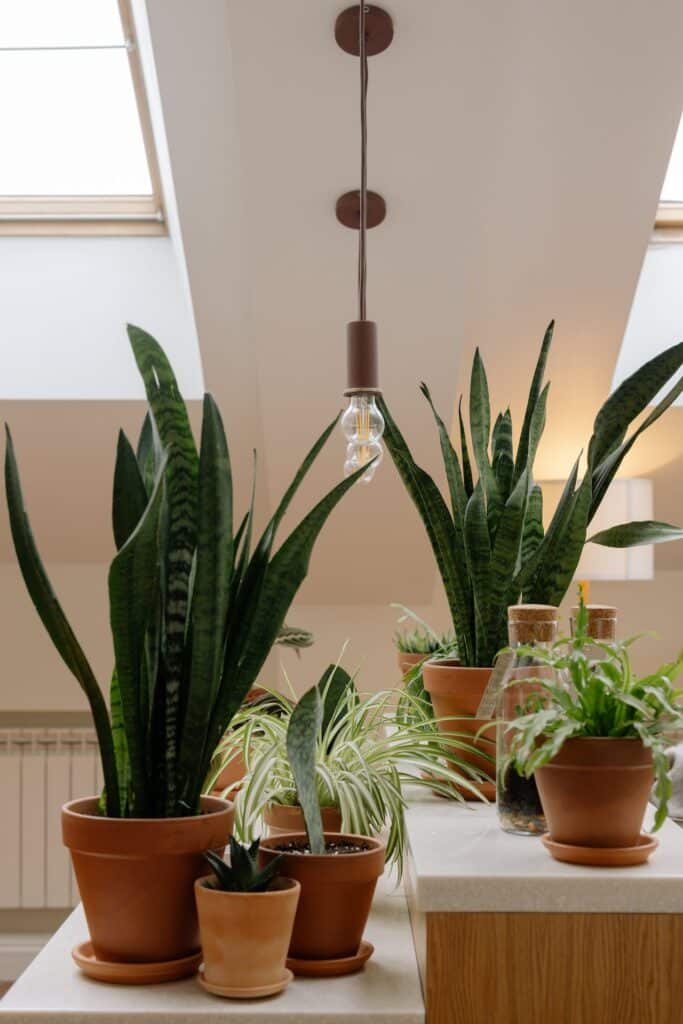
Indoor Plants that Can Survive Outdoor Conditions
While not all indoor plants are suitable for outdoor environments, some varieties have the resilience and adaptability to thrive outside. These plants can tolerate the different conditions in outdoor settings, making them excellent choices for those looking to incorporate indoor plants into their gardens or landscapes.
Examples of indoor plants tolerant to outdoor environments
Several indoor plants can successfully adapt to outdoor conditions. These include the Snake Plant (Sansevieria), Peace Lily (Spathiphyllum), Spider Plant (Chlorophytum comosum), and Chinese Evergreen (Aglaonema). These plants can withstand direct sunlight, intermittent shade, and temperature variations.
Special care requirements for these indoor plants outside
While these indoor plants can survive outdoors, they still require some special care. Providing them with adequate shade during the hottest parts of the day is essential to prevent sunburn. Regular watering remains crucial, but it is important to ensure proper drainage to avoid root rot. Monitoring the plants for signs of stress or pests is also necessary to maintain their health.
The resilience of these plants against pests and diseases
One advantage of moving indoor plants outside is that they often experience lower incidences of pests and diseases compared to their outdoor counterparts. Indoor plants tend to have fewer encounters with common garden pests, making them less susceptible to infestations. However, it is still important to keep an eye out for any potential issues and address them promptly to maintain the plant’s health.
How to Transition Indoor Plants Outside
Transitioning indoor plants to an outdoor setting should be done carefully and at the right time to ensure their successful adaptation to the new environment. Following the best practices for moving indoor plants outdoors will help minimize the stress on the plants and maximize their chances of thriving.
The right time to transition indoor plants to outdoors
The timing of moving indoor plants outside is crucial. It is generally recommended to wait until the last frost date has passed in your region. This will minimize the risk of cold damage to the plants. Additionally, choose a time when the outdoor temperatures are relatively stable, as sudden drastic changes can be stressful for the plants.
Best practices for successfully moving indoor plants to outdoors
Before moving your indoor plants outside, assessing their health and readiness is important. Check for any signs of pests or diseases and address them before the move. Gradually introduce the plants to outdoor conditions by starting with a few hours of direct sunlight each day and gradually increasing the duration over several weeks. Properly prepare the soil or containers where the plants will be placed, ensuring good drainage and suitable growing conditions.
Adapting watering and feeding habits for moved plants
As you transition your indoor plants outside, their watering and feeding habits may need adjustment. Outdoor conditions can cause increased evaporation, requiring more frequent watering. However, be cautious not to overwater, as excessive moisture can lead to root rot. Adjust the feeding schedule as needed, providing suitable fertilizers for outdoor plants. Monitor the plants’ response and adjust the watering and feeding accordingly.
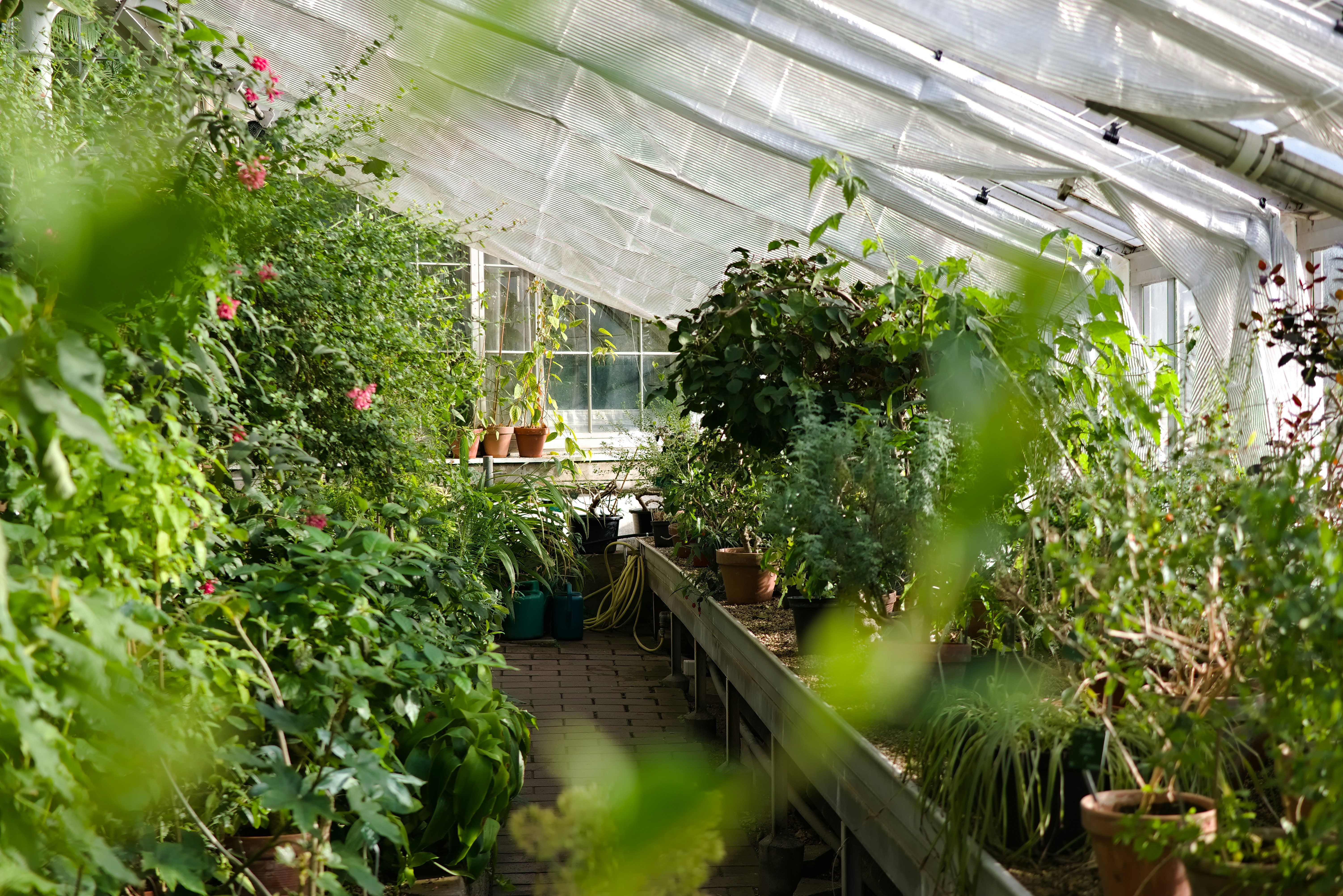
Maintenance of Indoor Plants Moved Outside
Indoor plants that have successfully transitioned to outdoor environments still require continued care to thrive and flourish. Proper maintenance is essential for their long-term health and appearance.
Continued care of indoor plants moved outside
Once your indoor plants are outside, continue to monitor their health and condition regularly. Check for any signs of stress, pests, or diseases and address them promptly. Regularly remove dead or damaged foliage to maintain the plant’s overall appearance and prevent the spread of diseases.
Procedures for pruning and repotting
Pruning may be necessary to shape and control the growth of your outdoor-surviving indoor plants. Prune selectively, removing any dead, damaged, or overgrown portions of the plant. Repotting may also be required if the plant has outgrown its current container. Use a well-draining potting mix and ensure the new pot allows for proper root growth.
Tips for dealing with potential pests and diseases
While outdoor-surviving indoor plants are generally more resilient against pests and diseases, they are not immune. Regularly inspect the plants for any signs of pests, such as aphids or spider mites, and take appropriate measures to control them. Apply organic or chemical treatments, depending on your preference and the severity of the issue. Maintain good sanitation practices, keeping the area around the plants clean and free from debris.
Effects of Seasonal Changes on Indoor Plants Outside
Outdoor-surviving indoor plants will experience seasonal changes just like any other plant. Understanding how these changes impact the plants and how to prepare for them is crucial for their continued health and success.
Impacts of different seasons on outdoor-surviving indoor plants
Different seasons bring varying conditions that can affect outdoor-surviving indoor plants’ growth and overall health. Increased sunlight during summer can encourage growth, while colder temperatures during winter may slow down their growth. Seasonal changes in rainfall, humidity, and wind patterns can also influence the plants’ needs and overall performance.
Preparing indoor plants for seasonal alterations
Before each new season, it is important to prepare your outdoor-surviving indoor plants accordingly. This may involve adjusting their watering and feeding schedules to accommodate the plants’ changing needs. Providing additional shade during hot summers or protecting the plants from frost during winter may also be necessary.
Season-specific care tips for these plants
Each season brings different challenges and care requirements for outdoor-surviving indoor plants. During summer, ensure adequate watering and protect the plants from excessive heat and direct sunlight. In autumn, gradually reduce watering and prepare the plants for dormancy. During winter, protect from frost and extreme cold temperatures, such as using frost covers or moving the plants indoors. Spring is a time to rejuvenate, ensuring proper feeding, pruning, and repotting as necessary.
Indoor Plants that Might Not Survive Outside
While many indoor plants can adapt to outdoor conditions, some varieties are less likely to thrive when moved outside. It is important to be aware of these plants and consider alternatives if your intention is to incorporate them into your outdoor space.
List of indoor plants unlikely to survive outdoors
Plants that are highly sensitive to changes in light, temperature, or humidity are less likely to survive outside. Some common examples include the African Violet (Saintpaulia), Boston Fern (Nephrolepis exaltata), and Peace Lily (Spathiphyllum). These plants are better suited for the controlled environment of indoor spaces due to their specific needs and requirements.
Reasons why these plants can’t thrive outside
Plants that are unlikely to thrive outside often require more stable and controlled conditions than can be provided by the natural fluctuations of outdoor environments. Factors such as intense sunlight, cold temperatures, or variations in humidity levels can stress and damage these plants. Their vulnerability to pests and diseases may also be higher in outdoor settings.
Alternatives for those wanting to move these plants outdoors
If you have your heart set on incorporating these less outdoor-friendly indoor plants into your outdoor space, there are alternative options to consider. You can create microclimates by using structures such as shade cloth or greenhouses to provide more controlled conditions for these plants. Another option is to carefully select outdoor plants that resemble the appearance or characteristics of those indoor plants you wish to have in your garden.
Benefits of Moving Indoor Plants Outside
Moving indoor plants outside can offer numerous benefits, both for the plants themselves and for the overall aesthetics and ambiance of your outdoor space.
Enhanced growth opportunities for the plant
By moving indoor plants outside, you provide them with access to natural elements like sunlight, fresh air, and rain, which are vital for their growth and development. The increased light levels and air circulation can promote stronger and lusher foliage and stimulate vibrant blooms.
Beneficial impact on the plant’s health and appearance
Outdoor environments can provide more favorable conditions for the health and appearance of certain indoor plants. The diversity of microorganisms in natural soil can enhance the plant’s nutrient uptake and overall vigor. Outdoor air circulation can also help prevent the development or spread of diseases commonly found in stagnant indoor air.
Chance for the plant to naturally repel pests
Outdoor environments, especially when properly balanced with beneficial insects and appropriate companion planting, can significantly reduce the risk of pest infestations. Certain plants release natural compounds that act as a deterrent to pests. By moving indoor plants outside, they have a chance to naturally repel pests and maintain their health without relying heavily on chemical treatments.
Potential Risks of Moving Indoor Plants Outside
While there are many benefits to moving indoor plants outside, certain risks should be considered to ensure the well-being and survival of the plants in their new environment.
Possible diseases and pest attacks
Moving indoor plants outside can expose them to new pests and diseases that may be present in the outdoor ecosystem. Garden pests, such as aphids, caterpillars, or snails, could infest the plants, while soil-borne pathogens can cause root diseases. Regular monitoring and prompt action are necessary to prevent infestations and control diseases.
Risk of inadequate or excessive sunlight
When moving indoor plants outside, it is important to provide them with the appropriate amount of sunlight. While some plants may benefit from increased sunlight exposure, others may be more sensitive and require shade during the hottest parts of the day. Failure to provide the right light conditions can lead to sunburn, leaf damage, or poor growth.
Potential for overwatering or underwatering
Watering practices need to be adjusted when moving indoor plants outside. Factors such as increased evaporation rates, rainfall, or soil drainage can affect watering requirements. Overwatering can drown the plant’s roots and lead to root rot, while underwatering can cause the plant to wither and suffer from dehydration. Regularly check the moisture levels of the soil and adjust watering accordingly.
Chances of damage due to harsh weather conditions
Outdoor environments expose plants to the unpredictable and harsh elements of nature. Strong winds, heavy rains, hailstorms, or extreme temperatures can all damage or destroy outdoor-surviving indoor plants. Providing protection during severe weather conditions and choosing plants suitable for your climate can help mitigate these risks.
Reviving Indoor Plants that Struggled Outside
If you notice that your indoor plants are struggling after being moved outside, it is crucial to take prompt action to revive them and prevent further damage. By identifying the signs of stress and implementing the necessary measures, you can successfully re-adjust the plants to indoor conditions.
Signs your indoor plant is struggling outdoors
Some common signs that your indoor plant is struggling in its new outdoor environment include wilting, yellowing or browning leaves, stunted growth, and increased pest or disease activity. Pay attention to any changes in the plant’s appearance or behavior, as it could indicate that it is not coping well with the outdoor conditions.
Steps to take when your plant does not cope well
If you notice signs of struggle, it is important to act promptly to prevent further damage to your plant. Start by assessing the cause of the problem, such as incorrect light exposure, watering issues, or pest infestations. Once identified, make the necessary adjustments, such as moving the plant to a more suitable location, adjusting watering practices, or treating pests or diseases.
Successfully re-adjusting the plant to indoor conditions
If your indoor plant does not recover well outside, it may be necessary to bring it back inside and re-adjust it to indoor conditions. Gradually reintroduce the plant to lower light levels and controlled temperatures by initially placing it in a well-lit area and gradually moving it to its usual indoor spot. Monitor the plant’s response and provide the necessary care to restore its health and vitality.
In conclusion, understanding the differences between indoor and outdoor plants is essential for providing the best care for your green friends. While some indoor plants can successfully adapt and thrive outside, others may struggle due to their specific needs and vulnerabilities. By carefully selecting suitable outdoor-surviving plants, transitioning them gradually, and providing appropriate care, you can create a beautiful and harmonious combination of plants in your outdoor space. Remember to monitor the plants regularly, address any issues promptly, and adjust their care according to seasonal changes to ensure long-term health and success.


